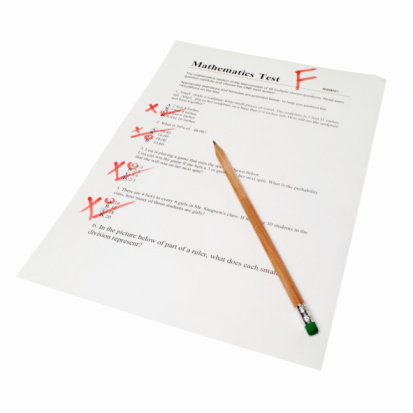
Training 2012 Conference & Expo speaker Gabriel Urrea offers a case study on improving customer service satisfaction.
Challenge: “Our customer service scores are not going in the right direction so we need nationwide training as soon as possible.”
During my conference session, I’ll share the step-by-step process one company took that produced the following results:
For the first time in their history, the department (the largest in the company) met their goal of 90% customer satisfaction nationwide in just four months and ended the year (2010) with a 94% customer satisfaction record. In 2011, just one year later, they averaged 96% customer satisfaction. In 2009, an independent rating company listed this department at the top of the “Low Satisfaction” tier. In 2010, the same rating company ranked this department at the top of the “Medium Satisfaction” tier and 5 points above the industry average. We are looking forward to the 2011-2012 results.
I’ll also share how we attained these results without a single customer service class being delivered (other than for new employees). But we did deliver lots of training – can you guess who the training was directed at?
Be a Performance Consultant First
Requests for training can at times be made simply by checking a box, to show that something was done about an issue or problem. But we need to shift the discussion from the training event to performance results. Why? For one, your credibility is at stake. Secondly, training events alone might not be enough to realize the desired business results.
Having a performance consulting model helps you and your business partner understand the four major areas that affect performance: skill, process, management, and environment. This allows the solution to the performance gap to be addressed from the start.
Is the best solution to simply transfer knowledge and build skill? You’ll need to do a bit of work to answer that question, starting with the following tasks around skill:
- Identify the critical behaviors involved
- Validate the knowledge or skill gap
- Agree on what the new behavior should be, and the specific results expected from this change
- Identify the delivery method – classroom, blended approach, or on-the-job training (OJT)
- Have your team monitor for behavioral change, not just the statistic you are trying to influence
- Measure the results and communicate them
To learn more, join Gabriel at his Training 2012 Conference & Expo session, “Performance Consulting Model.” You will learn how to address process, management and environment.
About Gabriel Urrea

Gabriel Urrea has always been passionate about working with people. Most of his professional career has been in the area of organizational development as principal of his own company and as a consultant in management and leadership development.
Gabriel has lead projects in cultural transformation and business process redesign. This includes a three-year project involving 22,000 employees and a human resources change management reorganization that centralized claim operations in two states.
Today, Gabriel’s challenge is to help Esurance meets its performance goals while providing the right learning philosophy and creating programs to develop, retain, and promote Esurance’s human capital.
Gabriel was born and raised in Colombia and is married with four children. You can connect with Gabriel on Twitter at @GabeUrrea.





